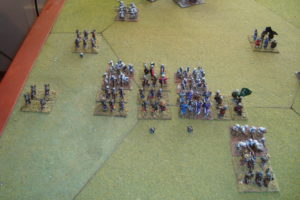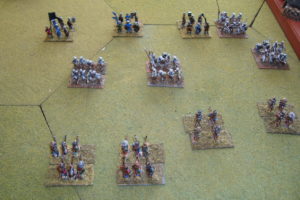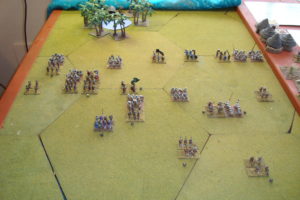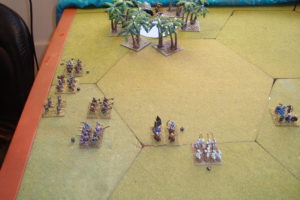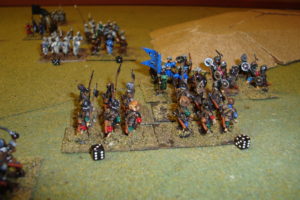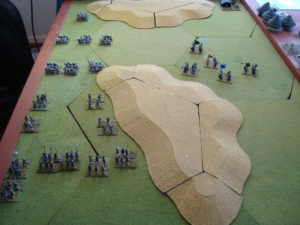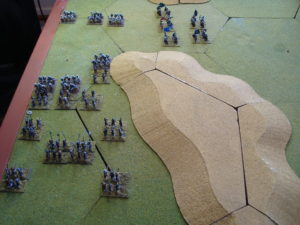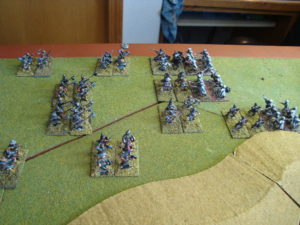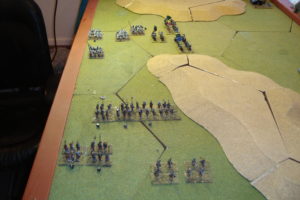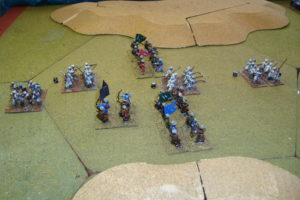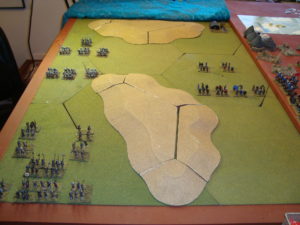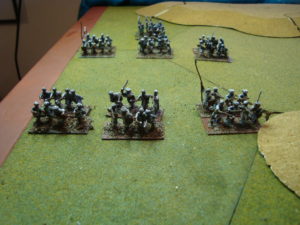Took down the Irregular Wars battlefield over the weekend, opening up table space. Nature abhors a vacuum, so I set up D-Day At Omaha Beach (still thrashing through the rules), and DBA (De Bellis Antiquitatis) to go along with my latest ASLSK scenario.
I have the DBA 2.0 rules, along with the wonderful 2.2 play-aide published some years ago by the Washington Area DBA Gamers.
It’s been awhile, so I started poking around about DBA 3.0. The cost at $38.00 was just too much. So, I did a little more digging and came up with this. What the hell, I downloaded the Kindle version and started reading.
It’s a nice little book, and a good introduction to the significant changes to the system. It even includes a series of army lists based on time period and potential adversaries/allies.
But…….no diagrams to illustrate the always interesting Barker narrative style. For diagrams, you pay $38.00, and I need the diagrams. Sixteen of them, and by all accounts very informative. Reviewers also laud the extensive (500) army lists, many of them revisions that change not only an army’s troop type but also basing.
If I was playing in tournaments, or had a crew that played DBA, I’d go all-in. But for solo play, it just isn’t worth it. I’ll putz along with 2.2. Can use the time/money on other projects.
Picked late medieval armies for a mini-campaign. Late Swiss, Imperial German, and two Condottiere armies. The Swiss are pike of course, and the Imperial Germans have war-wagons. One Condottiere army’s knights will fight dismounted, the other mounted.
So, some variety and the prospect of quick and entertaining fights.

